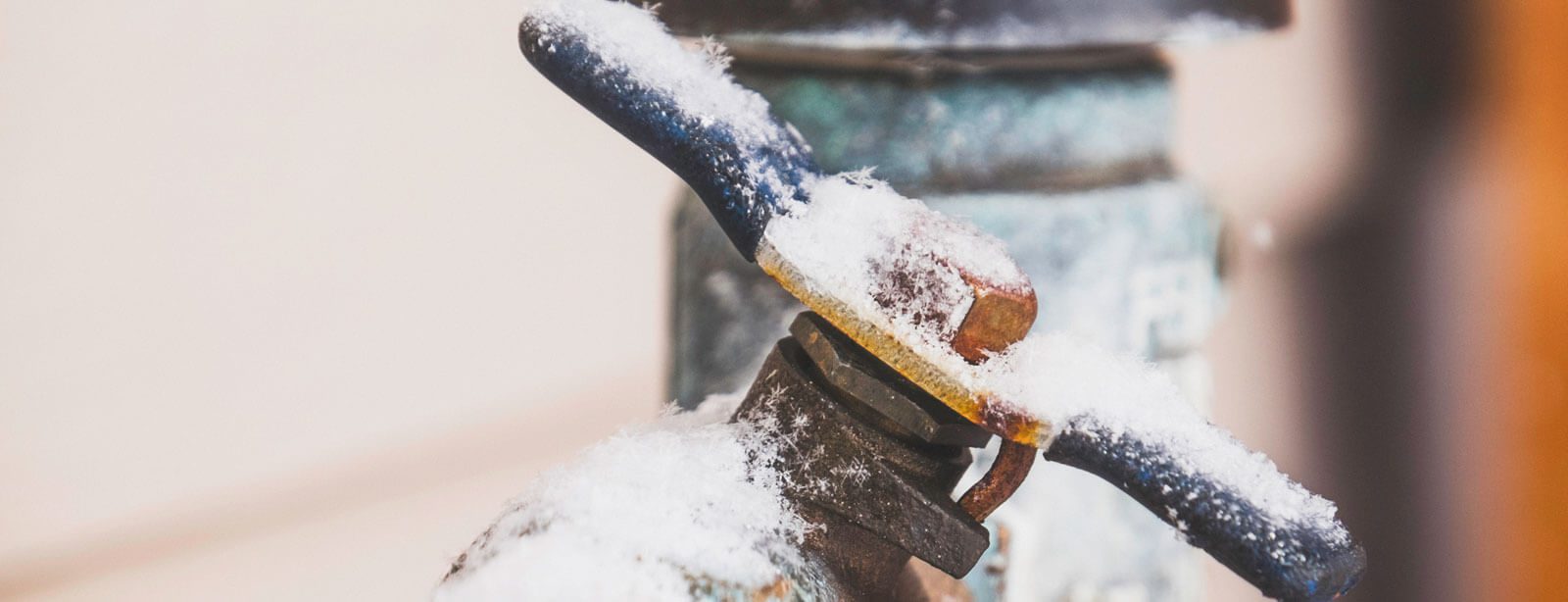Crucial Advice to Avoid Frozen Pipes in Cold Weather
Crucial Advice to Avoid Frozen Pipes in Cold Weather
Blog Article
This article listed below relating to 6 Ways to Prevent Frozen Pipes is quite intriguing. Give it a try and make your own ideas.

Winter can damage your plumbing, specifically by freezing pipes. Below's how to stop it from happening and what to do if it does.
Intro
As temperatures decline, the danger of frozen pipelines increases, possibly leading to expensive fixings and water damage. Comprehending just how to prevent icy pipelines is vital for house owners in cold climates.
Avoidance Tips
Protecting at risk pipes
Wrap pipes in insulation sleeves or utilize warm tape to secure them from freezing temperature levels. Concentrate on pipes in unheated or outside areas of the home.
Heating methods
Keep indoor areas appropriately heated up, particularly locations with plumbing. Open closet doors to allow cozy air to flow around pipes under sinks.
How to identify icy pipelines
Look for lowered water circulation from faucets, unusual smells or noises from pipes, and noticeable frost on exposed pipes.
Long-Term Solutions
Structural adjustments
Consider rerouting pipes far from exterior walls or unheated areas. Include added insulation to attic rooms, basements, and crawl spaces.
Updating insulation
Invest in high-quality insulation for pipes, attics, and walls. Correct insulation assists keep regular temperature levels and reduces the risk of frozen pipelines.
Safeguarding Outside Pipes
Yard pipes and outside faucets
Disconnect and drain yard hoses prior to winter. Install frost-proof faucets or cover exterior faucets with protected caps.
Comprehending Frozen Pipes
What creates pipes to ice up?
Pipelines freeze when revealed to temperature levels below 32 ° F (0 ° C) for expanded durations. As water inside the pipelines freezes, it increases, taxing the pipeline walls and possibly creating them to burst.
Dangers and damages
Icy pipes can lead to water supply disruptions, residential or commercial property damages, and expensive fixings. Ruptured pipelines can flood homes and create substantial architectural damages.
Signs of Frozen Piping
Identifying icy pipes early can prevent them from rupturing.
What to Do If Your Pipelines Freeze
Immediate activities to take
If you presume frozen pipes, keep faucets open to eliminate pressure as the ice melts. Use a hairdryer or towels taken in warm water to thaw pipelines slowly.
Final thought
Preventing icy pipelines requires proactive procedures and quick responses. By recognizing the causes, signs, and safety nets, homeowners can shield their pipes during winter.
5 Ways to Prevent Frozen Pipes
Drain Outdoor Faucets and Disconnect Hoses
First, close the shut-off valve that controls the flow of water in the pipe to your outdoor faucet. Then, head outside to disconnect and drain your hose and open the outdoor faucet to allow the water to completely drain out of the line. Turn off the faucet when done. Finally, head back to the shut-off valve and drain the remaining water inside the pipe into a bucket or container. Additionally, if you have a home irrigation system, you should consider hiring an expert to clear the system of water each year.
Insulate Pipes
One of the best and most cost-effective methods for preventing frozen water pipes is to wrap your pipes with insulation. This is especially important for areas in your home that aren’t exposed to heat, such as an attic. We suggest using foam sleeves, which can typically be found at your local hardware store.
Keep Heat Running at 65
Your pipes are located inside your walls, and the temperature there is much colder than the rest of the house. To prevent your pipes from freezing, The Insurance Information Institute suggests that you keep your home heated to at least 65 degrees, even when traveling. You may want to invest in smart devices that can keep an eye on the temperature in your home while you’re away.
Leave Water Dripping
Moving water — even a small trickle — can prevent ice from forming inside your pipes. When freezing temps are imminent, start a drip of water from all faucets that serve exposed pipes. Leaving a few faucets running will also help relieve pressure inside the pipes and help prevent a rupture if the water inside freezes.
Open Cupboard Doors
Warm your kitchen and bathroom pipes by opening cupboards and vanities. You should also leave your interior doors ajar to help warm air circulate evenly throughout your home.

I'm very inquisitive about Helpful Tips to Prevent Frozen Pipes this Winter and I really hope you enjoyed reading the new post. Sharing is good. You just don't know, you may very well be helping someone out. Thanks for your time spent reading it.
Call Today Report this page